TABLEWARE BY CERAMIC DESIGNER FATY LY
Senegales ceramics designer Faty Ly conceptualizes each of her designs from her studio in Dakar, Senegal. She draws inspiration from aspects of Senegalese culture including people and nature. Here is our exclusive interview with ceramics designer Faty Ly as she takes us through her artistic journey, her inspiration, and the importance of gold in her creative process.

TELL US ABOUT YOUR PATH TO A CAREER IN DESIGN?
FL: As someone said, my path to design is made of lines and curves, like the patterns I draw on my plates. Everything was put together to make me a scientist but my passion and strength drew me to design my own journey. In 1988 my parents sent me to study science in France. For my father, a scientist, it was obvious that I had to follow the same path. My maternal side was more into arts and crafts. My grandmother was interested in sculpture from Central Africa. I lived surrounded by statuettes, masks, and woven fabrics. At home, my mother valued tradition from crafts to food.
I lived with several generations who had lived all over Senegal and West Africa which allowed me to know my culture and to cultivate it with pride in my work and life each day. Through collecting African artifacts and taking art classes, I launched a craft gallery in my hometown Dakar in the ’90s. In 2000 at the International Crafts Fair of Ouagadougou (SIAO), I met a potter from Bobo-Dioulasso. We collaborated and eventually, I went to design school in London, Central Saint Martins where I trained in industrial ceramics.
DESCRIBE YOUR CREATIVE PROCESS?
FL: Most of the time it starts with ideas collected based on images, art pieces, or usual objects. I start by drawing or making a maquette. I started both Nguka or Toile de Korghgo by drawing then applying these to porcelain shapes. The final drawings are sent to a graphic designer specialized in tableware to make the templates. This stage is followed by the silkscreen-printing process before being applied to the porcelain shapes like plates, cup, teapot, etc. and then fired in a kiln at around 800C. The first batch of prototypes is produced to correct all minor defects before launching the production.
WHAT INSPIRED YOU TO SELECT THE MATERIALS AND DESIGNS?
FL: I was drawn to use porcelain material as an artist would use a canvas. It is a very fine yet strong material with a glossy finish that enables me to tell stories with the silkscreen-printing technique. For the designs, the first collection named Nguka was inspired by a black and white portrait. I am fascinated by the 1950’s Senegalese women’s portraiture. When I look at them, I have so many questions for the muses and I guess redesigning their portraits was the best way to get to know them. Nguka was designed to pay tribute to all these women for their beauty, strength, and courage.

WHY USE GOLD?
FL: Gold and fabrics are fine materials present in my context, at different stages of a woman’s life. Gold is probably the most precious material for the Senegalese people. The most ancient and sophisticated piece, known as the Rao pectoral, which was made with refined techniques, has been excavated in Saint-Louis, north of Senegal. People are still questioning the maker of such a piece because of its sophistication and detail. Senegal is also known for its smiths; many have traveled to teach their crafts throughout Africa and Europe. In Senegal, gold is considered the holiest among all metals and it empowers women. It is also offered to a woman to celebrate life stages, like her wedding.
In my Hal Pulaar (Tukulor) culture, women wear heavy twisted gold earrings known as “dibés”, they indicate social status and womanhood. Women also wear gold as adornment on the forehead in various shapes and designs, not to mention the diverse designs for earrings, pendants, bracelets, and rings. Therefore, using gold for the Nguka collection was a sign to uplift the collection but mostly to reminisce about the gold art tradition in the Senegalese culture.
WHAT IS YOUR FAVORITE DESIGN ERA?
FL: From Africa, I am drawn to the 15th century Sapi Portuguese-carved salt cellars with their intricate figures. I am also attracted to Congolese wooden sculptures, especially the miniature ones. These artists have created realistic models and figurines built up with the most meticulous care. I also have a passion for Adinkra symbols from Ghana and the pictograms of the Bamum alphabet from Cameroon. Both are significant cultural markers that play an important role in the graphic heritage of Africa.
In the West, I have great admiration for the English Arts and crafts movement with the collaboration between artists and craftsmen to improve both lifestyle and the public taste. This era promoted both furniture and decorative arts; it saw design with a more holistic approach. Someone like William Morris captures my attention with his organic vitality and rich motifs. Also, Christopher Dresser who manufactured everyday objects and created links with businesses to promote his work. This is an important aspect of design to serve people and create synergies with the business world. I also appreciate the innovative role played by Scandinavian countries with forms and materials
CERAMIC DESIGNER FATY LY’S FAVORITES
FL: So far, I would say that I appreciate the Nguka cup and saucer for its graphic details on both cup and saucer. There is an element of surprise, which creates an experience in both pieces. The next step will probably head to food. I leave the rest to the sound of my internal voice that whispers to me. On 54kibo, I love Simone Brewster’s bold jewelry pieces. I also appreciate her 15-collection of individual cutlery; it is bold, sensuous, and provoking!
Faty Ly’s tea sets, plates and platters make exquisite gifts for newlyweds or housewarmings. Explore the collection below.
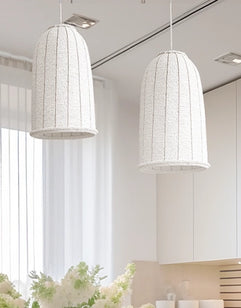
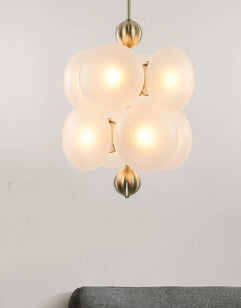
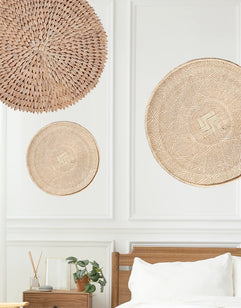
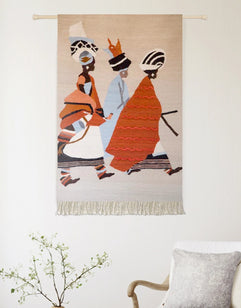
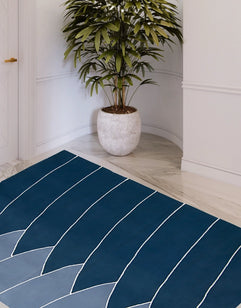
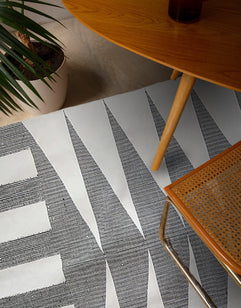
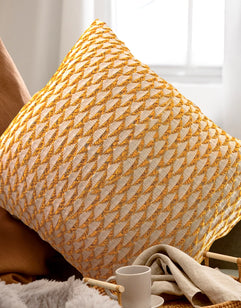
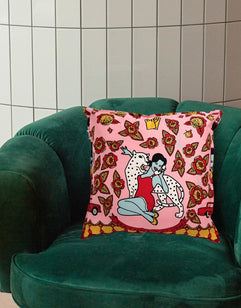
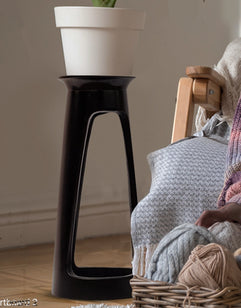
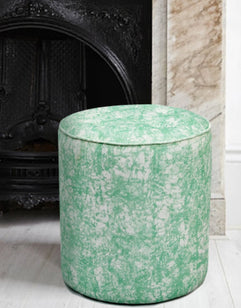
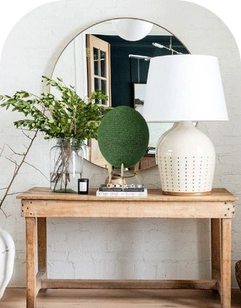
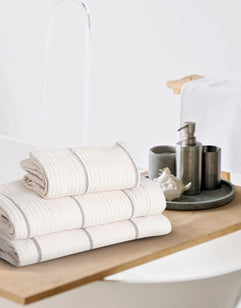
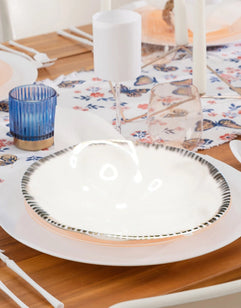
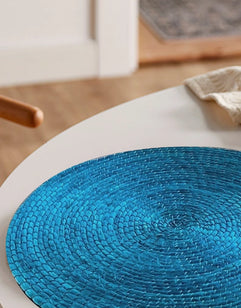
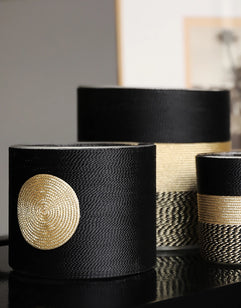
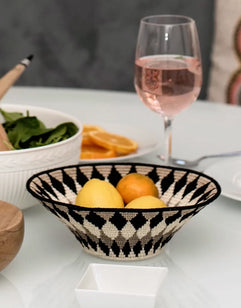
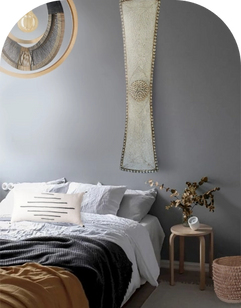
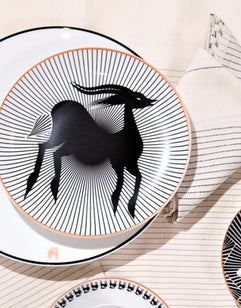






Leave a comment